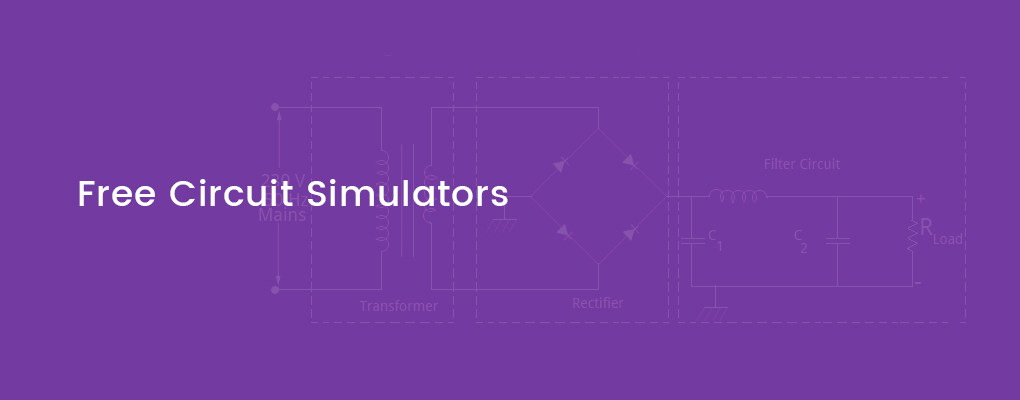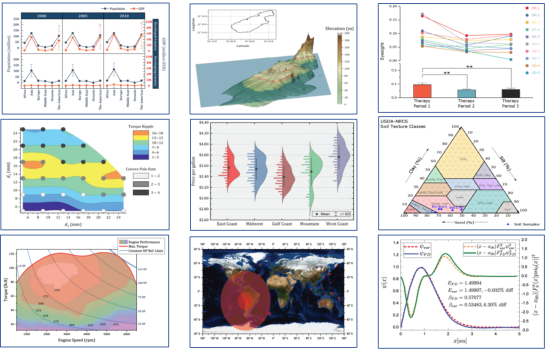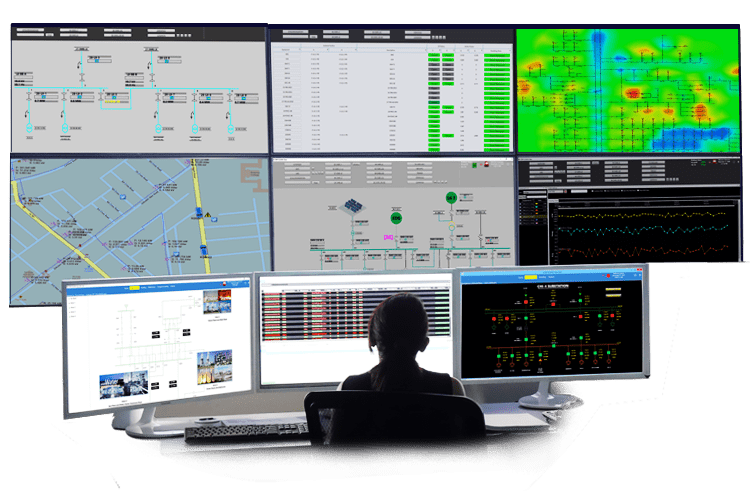When you want to drill a hole in a wall, you use a wall drill. When you want to drill a hole in a board, you use a wood bit. If you use the wood bit for the wall, or the wall drill for the board, you can still do the job, but you will have to spend extra time doing it – and, well, the result might just not be as good as you expected.
The Microsoft Evaluation Center brings you full-featured Microsoft product evaluation software available for download or trial on Microsoft Azure. Evprod-app-2: RD00155DE8B5DF. Feb 01, 2016 The 3.1 version of Sunburst Virtual Labs Electricity is available as a free download on our website. The Sunburst Virtual Labs Electricity installer is commonly called vlElectr.exe. The actual developer of the program is Sunburst Digital Inc. Works with all Windows operating systems, from Windows 98 to Windows 8, FAT 12/16/32 and NTFS file-systems. Forget having to use different software versions for different recoveries, VirtualLab. Trusted Windows (PC) download Virtual Laboratory in Electricity Demo 1.0. Virus-free and 100% clean download. Get Virtual Laboratory in Electricity Demo alternative downloads.
When comparing electrical and constructional CAD softwares, you can pretty much use the same metaphor.
The powers of AutoCAD
AutoCAD is the most used construction CAD software worldwide – and for good reason. It is a brilliant tool for construction drawings, with loads of intelligent functions for shaping, changing diameters, viewing details from various perspectives, exploding drawings etc. When this is what you need, AutoCAD is the right software for you. This is what AutoCAD is designed for basically, this is the very core of the software.
Using AutoCAD for electrical documentation
But is it also possible to create electrical documentation in AutoCAD? Yes, you can do it, but it is not what it is designed for:
- You can design electrical symbols – but you cannot add the necessary intelligence to them
- You can draw ordering lists – but you cannot have them filled out automatically
- You can write texts – but you cannot have them translated automatically
- You can place relay coils and contactors – but you cannot have the references between them updated automatically
- You can draw all the schematic diagrams you need – but you cannot have the diagrams gathered in the same file with automatic references between the pages etc.
Furthermore, the basic workflow in the software is designed for construction purposes. Adding extra electrical functions on top of the construction core, therefore gives a more timeconsuming workflow. – Just like adding constructional functions to an electrical CAD software would give a mediocre result.
Electrical professionals not trained in AutoCAD
Electrical professionals are seldom experienced AutoCAD users. Using AutoCAD for electrical documentation therefore requires an extra person to create the documentation based on sketches from the electrical professionals. This involves communication back and forth between the persons involved – including the misunderstandings this might bring.
Electrical professionals are seldom experienced AutoCAD users. Using AutoCAD for electrical documentation therefore requires an extra person to create the documentation based on sketches from the electrical professionals.
Investing in a software which enables the electrical department to create the documentation right away on their own terms, will therefore pay-off quite quickly.

The powers of Electrical CAD softwares
When you are producing the electrical documentation, you need distinctly other types of intelligent functions.
You need functions such as:

- Automatic update of parts lists and connection lists
- Automatic wire numbering
- Support of electrical standards
- Intelligent copying
- Support of mounting correct drawing
- Signal references between pages
- Reference designations
- Automatic drawing of connecting lines
- Easy copying in and between projects
- References between symbols
- Automatically generated graphical cable and terminal plans
- Communication with plc i/o tools
- The ability to create and send ordering files automatically
… and many other electrical CAD features.
If you do business in other countries, you also need automatic translation of texts in drawings, and the ability to specify which types of texts to translate.
Component databases – one of the major time-savers
In an electrical CAD software the symbols in the diagrams can be intelligent. This means that they can contain an article number for the component they represent – and even more important: the electrical connection points of the components can be identified and handled intelligent by the software.
Being able to attach these types of information to a component, enables the software to update all kinds of lists automatically. This is for instance the case in our electrical CAD software, PCSCHEMATIC Automation, which also has all the facilities mentioned above.
For this software, you freely download component databases containing thousands of article numbers from leading component manufactureres. This opens up for a quite extraordinary workflow:
- When you select a component from one of these databases, you get a pickmenu containing the electrical symbols for this component
- When you place these symbols on the diagrams, article data are automatically transferred to the diagrams
- Therefore the software can fill out all kinds of lists automatically, without you having to type in any component information at all.
- When you copy these symbols in the diagrams, the copied symbols still carry the same article data as the originals.
This is really a time-saver in the daily work.
Combining the powers of electrical and mechanical CAD
But why not use the powers of both AutoCAD and an electrical CAD software at the same time? If you normally create e.g. ground plan drawings in AutoCAD, well, you can just continue doing so. Having completed the ground plan in AutoCAD, you just insert it in the electrical software as a so-called OLE object.
In the electrical CAD software PCSCHEMATIC Automation, you can then draw the electrical drawings on top of the AutoCAD file. The electrical information is then stored in PCSCHEMATIC Automation. When you need to make changes in the ground plan, you can then open it in AutoCAD directly from PCSCHEMATIC. You can then change the ground plan as you normally do in AutoCAD.
When you have completed the changes, you return the normal working mode of PCSCHEMATIC, and add more electrical information to your PCSCHEMATIC drawing – on top of the AutoCAD drawing. Working this way, it is even possible to create an AutoCAD ground plan directly from PCSCHEMATIC, and keep it as an AutoCAD document inside the PCSCHEMATIC document.
However, to have a workflow like this, requires the installation of both AutoCAD and PCSCHEMATIC.
Importing AutoCAD files
If you do not wish to purchase an AutoCAD license, you can make the two softwares communicate in another way. A typical workflow could here be that the architect constructs a ground plan drawing in AutoCAD, and export it as a DWG or a DXF file to electrical department, which uses PCSCHEMATIC. They load the file, and add the electrical documentation to the ground plan.
In this process they can use all the specially designed electrical functions in the electrical CAD software. Having added the electrical information, the electrical drawings are exported back to AutoCAD in DWG/DXF format, so that the architect gets the information that he needs. This is a quite typical workflow in PCSCHEMATIC. Apart from this, it is worth mentioning that creating ground plan drawings actually is quite simple in PCSCHEMATIC on a draft or tender material level – but you probably shouldn’t build a house from it.
When to use AutoCAD for Electrical documentation
However, before rushing off to purchase an electrical CAD-software, it is important to consider how often you create electrical documentation. If you only need to draw a circuit diagram once a month, including a parts list with only 38 components, you could still do with AutoCAD.
If these are your only needs, you should not invest money in an advanced electrical CAD software.
Free software for smaller documentation assignments
As an alternative, you can actually get the free PCSCHEMATIC Automation 40 software, which contains all of the advanced functions, but only allows you to save projects containing 40 electrical symbols. Along with this software you get the full manual for the software – ready to print.
A third option could be one of the Smart or Flex versions of PCSCHEMATIC, which are quite inexpensive, contains all of the advanced features in the software, and allows you to save projects containing up to 150 or 350 symbols.
Analyze your needs

Having said all this, the most important factor still remains: That you analyze what you really need, and how much time you spend creating electrical documentation in what just might be an unsuitable software for the assignment. It is always a good idea to check out the market, and compare the electrical features in the different electrical CAD softwares on the market.
Useful links:
The Center for Radiation Protection Knowledge provides downloadable models, data files, computer codes, and help files that provide ready access to data of interest in the radiation protection of workers and members of the public. This collection includes the models, elemental and radionuclide data, and supporting documentation necessary to describe the behavior of inhaled or ingested radionuclides.
Please refer any technical questions about the models, databases, or documentation to Dr. Keith Eckerman.
Downloads
Rad Toolbox v. 3.0.0 (5/1/2014)
This toolbox provides ready access to data of interest in radiation protection of workers and members of the public. This package was developed for the U.S. Nuclear Regulatory Commission and is documented in ORNL/TM-2004/27. The software runs on a PC under Windows 98/NT/2000/XP to provide access to the data through a single GUI. The data include dose coefficients for intakes of radionuclides, exposure to radionuclides distributed in the environment, and for exposures to photon and neutron radiation fields. Other supportive data include interaction coefficients for alpha, electron, photon and neutron radiations, nuclear decay data, biological and physiological data, and supplemental information on various topics. The ORNL TM report is included in the download. During the installation elect to ignore any messages regarding file updates. The NRC Rad Toolbox Web page is located at: http://www.nrc.gov/about-nrc/regulatory/research/radiological-toolbox.html.
Download Rad Toolbox: RadToolbox3_Setup.zip (26,850,924 bytes)
DCAL System v. 8.4 (11/1/2006)
DCAL is a comprehensive software system for the calculation of tissue dose and subsequent health risk from intakes of radionuclides or exposure to radionuclides present in environmental media. DCAL was developed for the U.S. Environmental Protection Agency and is documented in ORNL/TM-2001/190. The software runs on a PC under Windows 98/NT/2000/XP. The system includes extensive libraries of biokinetic and dosimetric data and models representing the current state of the art. DCAL maybe used either in an interactive mode or in a batch mode and is intended for experienced users with knowledge of computational dosimetry.
Download DCAL System: DCAL01_setup.zip (7,393,436 bytes)
ICRP38 v. 1.0 (3/25/2003)
This package installs the nuclear decay data of ICRP Publication 38 and the three Windows-based codes. The code WinChain assembles the decay chain and provides guidance regarding the truncation of the chain. RadSum provide a brief summary of the emitted radiation for the user supplied radionuclides. The DexRax utility extracts from the master files, the decay data for user specified radionuclides.
Download ICRP38: setup38.zip (2,490,268 bytes)

WinAct v. 1.0 (8/25/2002)
This package is the ORNL numerical solver (Windows version) for the coupled set of differential equations describing the kinetics of a radionuclide in the body. Several example input files are provided as a guide in using the package.
software, free download
Download WinAct: setup_act.zip (436,267 bytes)
FGR13CD v. 2.1.13 (3/18/2002)
This is a viewer of the risk coefficients tabulated in Federal Guidance Report 13 and the age-specific dose coefficients calculated during the course of preparing Report 13. This is the current version (Ver 2.1) of the viewer software.
V Lab Electricity Software Free For Windows 10 Download
Download FGR13CD: fgr13_dbsetup.zip (19,886,152 bytes)
BioMod v. 1.0 (6/29/2000)
This is a Windows help file detailing the age-specific biokinetic models and elemental data used in the calculations of the risk coefficients of Federal Guidance Report 13.
Download BioMod: setup_bio.zip (383,040 bytes)
DCFPAK v. 1.0 (3/29/2000)
The dose coefficient files and source code (FORTRAN) illustrating how to use the use the data files within an assessment code. This package is documented in ORNL/TM-13347. The dose coefficients for inhalation and ingestion intakes are those of ICRP Publication 30. The coefficients for external irradiation are from FGR-12. The download module, setup_DCF will install the files, source code, and executable. The code is a console application and hence runs under either DOS on Windows.
Download DCFPAK: setup_dcf.zip (1,018,070 bytes)
DFACTS v. 1.0 (11/18/1994)
These MS-DOS codes look up the dose coefficient from intakes of radionuclides from Federal Guidance Report 11 (ICRP Publication 30) and those for external exposure are from Federal Guidance Report 12.
Download DFACTS: setup_df.zip (896,835 bytes)